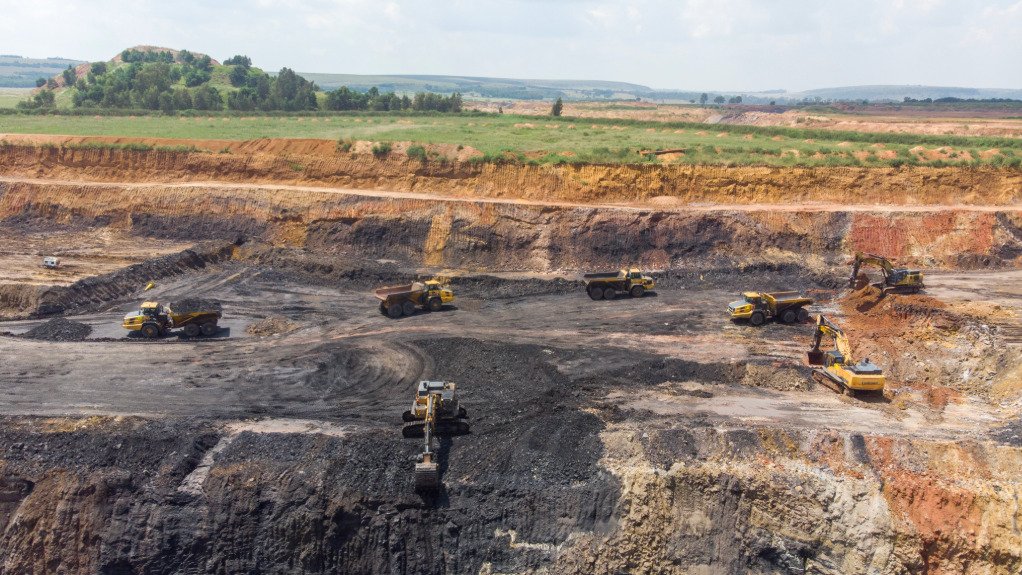To reinforce its commitment to responsible opencast mining, coal explorer and miner Canyon Coal – a subsidiary of diversified mining company Menar – is implementing rigorous environmental planning, continuous monitoring and proactive rehabilitation practices.
All Canyon Coal’s mines, including Khanye Colliery in Bronkhorstspruit and Phalanndwa Extension in Delmas, have their own site-specific rehabilitation and closure plans that include closure cost assessments. These are updated yearly to ensure that sufficient funds are set aside for rehabilitation and closure, explains Menar environmental compliance head Arjen Nell.
While rehabilitation is critical when a mine reaches its end of life, rehabilitation measures have been integrated into Khanye Colliery’s mining operations, including the correct methods of stockpiling, soil separation and backfilling procedures, since the start of mining activities in January 2018.
Canyon Coal handles on-site non-mining materials by compacting and backfilling discarded materials, followed by layers of hard overburden, soft overburden and, finally, topsoil.
Nell tells Mining Weekly that the colliery has started with the seeding of top soiled areas, which not only protects the soil from erosion but also limits the generation of dust while curbing the spread of invasive alien vegetation.
“Our environmental management plan guides the final land use, and the land is usually returned to its pre-mining state,” Nell explains.
This entails the land being suitable for grazing and arable farming activities.
As for ongoing rehabilitation endeavors, there is a particular focus on the correct sequencing of pit rehabilitation, with discard material from the processing plant being strategically placed in the deepest sections of the pit and covered with compacted subsoil. This prevents the discarded material from reacting with air and water, which, in turn, prevents acid mine drainage.
Meanwhile, the company is also continuing with efforts to drive a full-scale rehabilitation of its Phalanndwa Extension mine.
However, because of extreme weather having affected the mine during the past rainy season, Nell adds that Canyon Coal’s efforts in this regard have been delayed. To address such challenges, the mine’s team holds regular strategy sessions to keep rehabilitation objectives on track.
As a means of better handling abnormal rainfall, the colliery has developed free-drain areas; berms have also been constructed to help mitigate water accumulation and soil erosion.
Environmental monitoring is another priority for Khanye Colliery, with the mine’s team having implemented comprehensive dust and water monitoring in accordance with regulatory requirements and licensing conditions.
In this regard, Nell says the mine follows a dedicated dust management plan, deploying water bowsers and dust surfactants on haul roads, while speed limit enforcement and the revegetation of disturbed areas help to further control dust.
While using water to control dust, the mine also employs water conservation efforts through a comprehensive water conservation and demand management plan.
The mine maintains a closed water reticulation system, directing dirty water to pollution control dams for reuse in dust suppression and processing operations. This means that clean water is carefully diverted around the mine to prevent contamination.
“Khanye actively works to maintain and improve its stormwater management infrastructure to ensure that the designed system to separate clean and dirty water works effectively,” states Nell.
The colliery also has a dedicated environmental officer to ensure all environmental incidents, such as water leaks, are reported and resolved promptly. This role also includes regular awareness training on water conservation for staff.
“We have effective environmental management systems in place and are continuously working to improve these by implementing specialist software systems,” concludes Nell. ![]()






